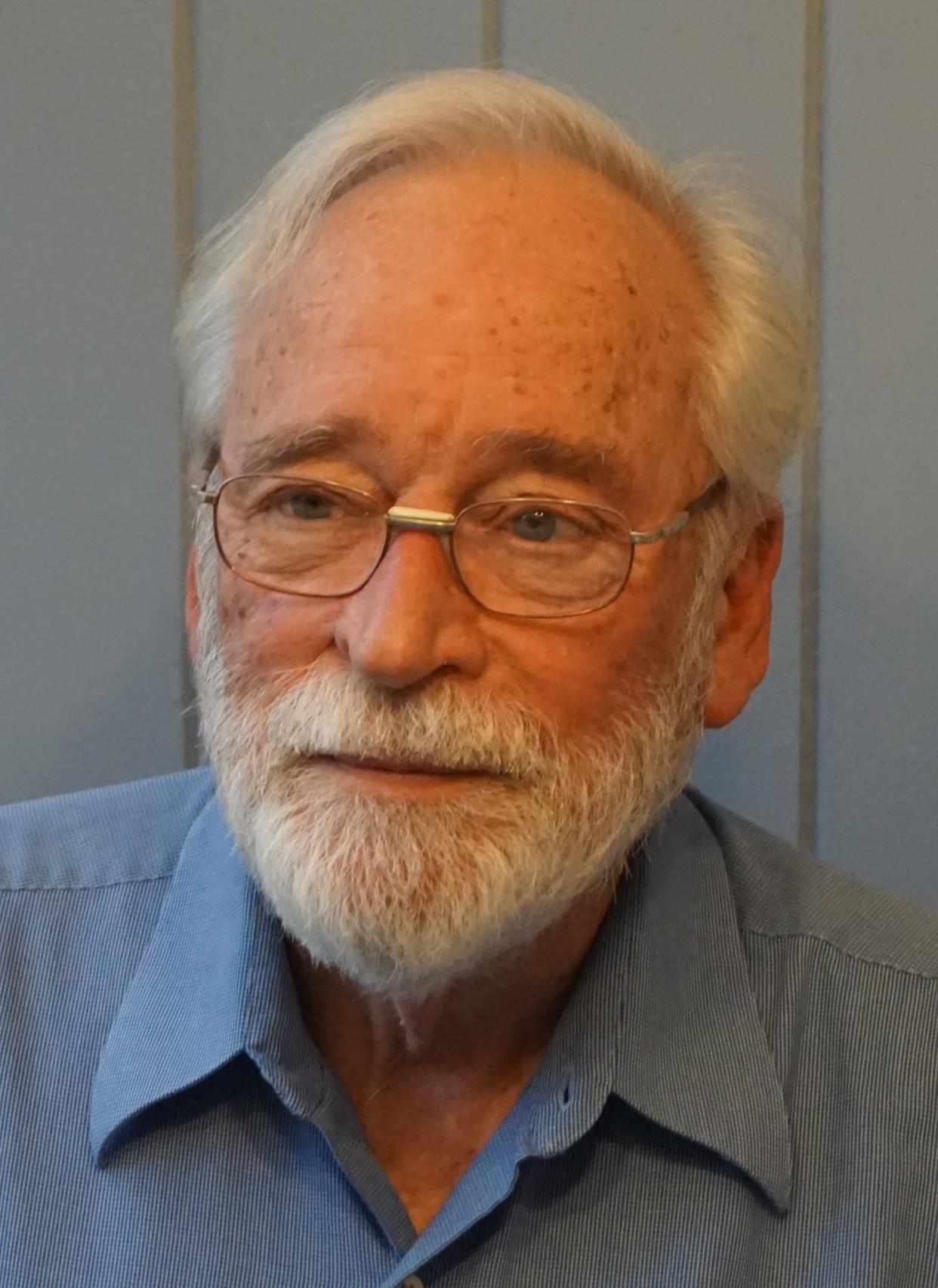Charles C. Milliken: Report from the Camino: Plan meets reality

The poet Bobby Burns once famously said, “The best laid schemes of mice and men aft gang agley.” Well, the first day on the Camino de Santiago across northern Spain, I found my plan gang agley after about 12 miles and 4,600 feet of climbing. The problem is the left knee. I prepared for this trip by walking with full pack up to 16 miles a day and recognized my left knee might be troublesome. However, I consulted an orthopedist who found nothing wrong mechanically; it was probably muscle fatigue. An anti-inflammatory should take care of it. Well, it didn't.
The first day on the Camino is considered the most difficult given the length and the altitude you climb to cross the Pyrenees. The views as we climbed were spectacular; pictures don't begin to do it justice. However, after I had gone up about 2,500 feet my knee began to give me discomfort which increased until finally, when I did get to the absolute top, the knee said, “No more.”
More: Charles C. Milliken: Getting out of the boat
I could have been rescued a few miles back as two guys in trucks pulled up, saw I wasn't making the best progress, and asked if I needed help. Being very prideful and determined to walk the whole 500 miles, I said,”No, fine,” and went on. That was a mistake. By the time I started down, I quickly realized I was not going to make it. The gale force wind almost blew me over, the temperature was dropping, and it was getting dark. Fortunately, my son, Matt, who was with me, had gone ahead to ensure our reservations would be held, and was coming back to meet me. By that time, even hobbling was no longer possible. At the very top of the mountain, there was a pole inscripted as follows: “Help 112.” I remembered that advice, and we called for help. After 45 minutes, rescue people came to haul my knee and the rest of me back down the mountain. These wonderful people wouldn't charge a cent for having done it and refused a tip.
One purpose of the original pilgrimage is a concept known as mortification of the flesh. In other words, a pilgrimage should not be a walk in the park but a serious and often rather painful experience. However, when too painful, mortification becomes martyrdom; I am no martyr. So now it's going to be Plan B, meaning two feet if I can, and four wheels if I must. We shall see how much I can walk and how much I can't. So is the story of life — you must deal with circumstances as they are not how you wish them to be.
After the disappointment of the first day we took a cab to Pamplona, rested the knee for a couple of days, then set out for the town of Puenta de Reina. Regrettably, after about 7 miles and a few hundred feet of climbing, Mr. Knee said, “Enough,” and we stayed in an unpronounceable town of Zariquiegui. Next morning I thought I would tackle the rest of the way, crossing over past the famous iron cutouts of pilgrims headed west at the local ridgeline 100 meters higher than when I set out. I barely made it. This time I had no trouble swallowing my pride, approaching a few people and asking if I could get a ride to Puenta de Reina. Unfortunately, they were heading back to Pamplona, but after consulting among themselves, agreed to take me. I didn’t know when making plans that there are definitely Angels on the Camino.
Otherwise, the Camino is every bit as good as I expected. The scenery is spectacular, you meet many people, it is delightful. Despite the difficulties, I am at this time, very glad I’m doing this.
The best plans may fail but no plan is almost guaranteed failure. If you concentrate on what could go wrong you'll never do anything and so will fail by omission. Better by far to try and fail than never try at all.
Charles Milliken is a professor emeritus after 22 years of teaching economics and related subjects at Siena Heights University. He can be reached at milliken.charles@gmail.com.
This article originally appeared on The Daily Telegram: Charles C. Milliken: Report from the Camino: Plan meets reality
